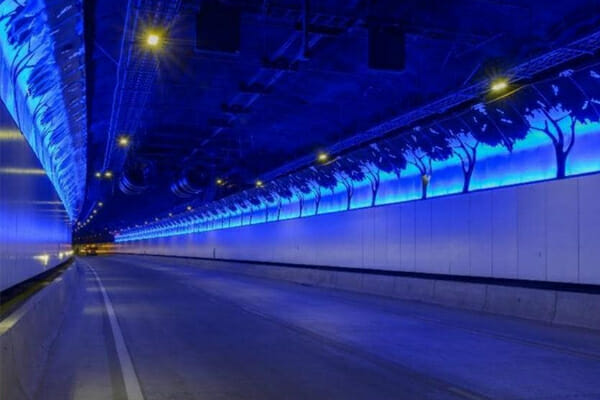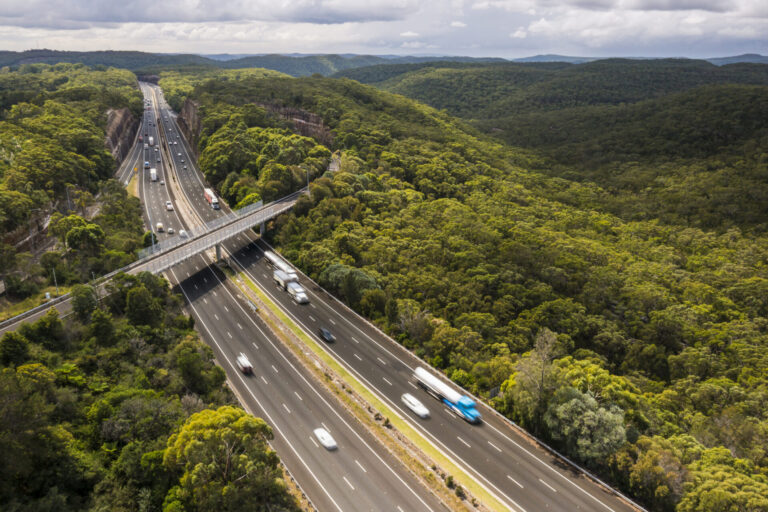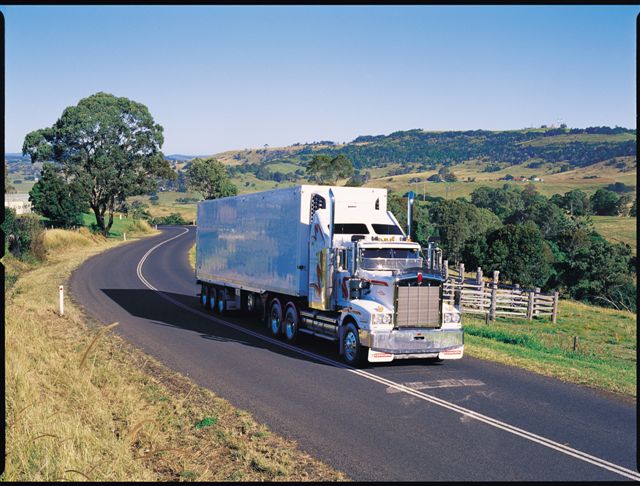The National Road Transport Association (NatRoad) is warning the New South Wales Government not to use a statutory review of the impacts of Sydney’s M8 toll road as a battering ram to make its use compulsory for trucks.
CEO Warren Clark said NatRoad had told government that putting a toll on the former M5 East would force heavy vehicles onto local roads.
“It gives me no satisfaction to say: ‘We told you so’ and It shouldn’t take a study to establish that Forest Road and surrounding streets at Bexley are now choked by cars and trucks,” Mr Clark said.
“Most heavy vehicle operators moving freight to and from Sydney’s south-west want to use the M8, but the cost of doing so since the lane duplication is prohibitive.
“Tolls for a trip by a truck from Port Botany to Liverpool and return on the M8 are $72.80 which is more than half of what a driver would typically earn for a half-day’s work.”
State Government planning conditions of approval for the now re-named M8 require a Road Network Performance Plan be prepared at 12 month and five year intervals after its official opening. Transport for NSW is undertaking that work.
Mr Clark said there will be widespread industry anger if the Government used the M8 review to go down the same path as it has with NorthConnex, where trucks not using the tunnel are fined.
“Variable tolls that incentivise off-peak travel, or multi-use discounts, are simple things the Government and toll operators can use to get trucks back onto tollways,” Mr Clark said.
“That would restore fairness and save communities a lot of grief.
“Truck operators already pay a fuel-based road user charge and registration charges that are between three and 11 times more than those levied on cars.
“There’s a clear community benefit in heavy vehicle operators using tollways but most drivers are owner-operators working on a profit margin of 2-3 percent.
“They shouldn’t be loaded up with tolls that are three times greater than those for motor vehicles that bear no relation to the cost of heavy vehicle road use wear and repair.
“If charges reflected the real cost of road maintenance or the actual savings from using tollways, heavy vehicle operators would be more likely to use them.”



